- Home
- Features
- Movies/Media
- Collectibles
- Comics/Books
-
Databases
-
Figure Database
>
-
X-Plus Toho/Daiei/Other
>
- X-Plus 30 cm Godzilla/Toho Part One
- X-Plus 30 cm Godzilla/Toho Part Two
- X-Plus Large Monster Series Godzilla/Toho Part One
- X-Plus Large Monster Series Godzilla/Toho Part Two
- X-Plus Godzilla/Toho Pre-2007
- X-Plus Godzilla/Toho Gigantic Series
- X-Plus Daiei/Pacific Rim/Other
- X-Plus Daiei/Other Pre-2009
- X-Plus Toho/Daiei DefoReal/More Part One
- X-Plus Toho/Daiei DefoReal/More Part Two
- X-Plus Godzilla/Toho Other Figure Lines
- X-Plus Classic Creatures & More
- Star Ace/X-Plus Classic Creatures & More
-
X-Plus Ultraman
>
- X-Plus Ultraman Pre-2012 Part One
- X-Plus Ultraman Pre-2012 Part Two
- X-Plus Ultraman 2012 - 2013
- X-Plus Ultraman 2014 - 2015
- X-Plus Ultraman 2016 - 2017
- X-Plus Ultraman 2018 - 2019
- X-Plus Ultraman 2020 - 2021
- X-Plus Ultraman 2022 - 2023
- X-Plus Ultraman Gigantics/DefoReals
- X-Plus Ultraman RMC
- X-Plus Ultraman RMC Plus
- X-Plus Ultraman Other Figure Lines
- X-Plus Tokusatsu
- Bandai/Tamashii >
- Banpresto
- NECA >
- Medicom Toys >
- Kaiyodo/Revoltech
- Diamond Select Toys
- Funko/Jakks/Others
- Playmates Toys
- Art Spirits
- Mezco Toyz
-
X-Plus Toho/Daiei/Other
>
- Movie Database >
- Comic/Book Database >
-
Figure Database
>
- Marketplace
- Kaiju Addicts
|
Beginning of the End is a 1957 independently made American black-and-white science fiction giant insects film, produced and directed by Bert I. Gordon. It stars Peter Graves, Peggie Castle, and Morris Ankrum. The film's storyline concerns an agricultural scientist (Graves) who has successfully grown gigantic vegetables using radiation. Unfortunately, the vegetables are eaten by locusts (the swarming phase of short-horned grasshoppers), which quickly grow to a gigantic size and attack the nearby city of Chicago. Beginning of the End is generally known for its "atrocious" special effects and is considered to be one of the most poorly written and acted science fiction films of the 1950s.
Machine gun and artillery fire seem ineffective against the creatures, and there are far too many to effectively deal with all at once. The United States Army and Illinois National Guard are called upon to help protect the city. But the monsters quickly invade Chicago, and begin to feast on human flesh as well as several buildings. General Hanson concludes that the only way to destroy the beasts en masse is to use a nuclear weapon and destroy Chicago. However, Dr. Wainwright realizes that the locusts are warm-weather creatures. He concludes that he might be able to lure the locusts into Lake Michigan. There, the cold water will incapacitate them, and they will drown. The lure itself will be a decoy locust mating call, generated electronically with test-tone oscillators. The plan is put into effect, and it works at the last possible moment. The monstrous locusts drown, but Dr. Wainwright and Ms. Aimes wonder if other insects or animals might have eaten other radioactive crops. They ponder whether the whole world might be facing an attack of monstrous creatures. Cast
Production Films with a science fiction theme were an uncommon but well-established genre of motion picture long before the 1950s. By one film historian's count, the "modern" era of science fiction film began in 1951 with the release of The Day the Earth Stood Still and When Worlds Collide. In 1952, King Kong was re-released theatrically. King Kong proved immensely popular, holding its own against new releases such as Cecil B. DeMille's The Greatest Show on Earth (which later won the Academy Award for Best Picture). King Kong earned $2 million to $3 million (estimates vary) that year, roughly double the box office gross of its initial release and making the re-release very highly profitable for RKO Pictures. In response to the success of King Kong, many film studios rushed science fiction-themed films into production. The following year saw the release of four highly influential motion pictures: The Beast from 20,000 Fathoms, It Came from Outer Space, Invaders from Mars, and The War of the Worlds. The financial success of The Beast from 20,000 Fathoms (distributed by Warner Bros.) sparked an interest in giant monster films, and in 1954 Warner Bros. released another very profitable monster film, Them! With the success of these two films, giant insect pictures became a distinct subgenre of science fiction films in the 1950s. Beginning of the End was financed by American Broadcasting-Paramount Theatres (AB-PT). The company had been formed in February 1953 when the American Broadcasting Company and United Paramount Theatres merged. In September 1956, AB-PT (sometimes also called "Am-Par") announced the formation of a movie studio, and revealed a slate of six films a year in January 1957. The studio's focus was on low-budget features which it could place in its theatres in the Northeast and South. AB-PT hoped to expand to a yearly slate of 20 pictures, and signed a distribution deal with Republic Pictures to get them into theatres. Beginning of the End went into production in 1956, the first of the "boom years" for science fiction films in the United States. Its production was a direct outcome of the success of Them! AB-PT announced on November 29, 1956, that it had approved production of its first film, Beginning of the End and announced on December 2, 1956, that production would begin immediately. The company said it had hired 34-year-old Bert I. Gordon to direct and produce. Gordon had gotten his start as a supervising producer for televised commercials and network TV shows, had produced his first feature film (Serpent Island) in 1954, and directed his first feature film (King Dinosaur) in 1955. The story was already set, according to press reports, with Variety claiming that Bert I. Gordon had already completed the script. Press sources noted that the studio was clearly attempting to cash-in on the science fiction movie craze. However, the final screenplay is credited to Fred Frieberger (a veteran writer of B movies) and Lester Gorn. The screen story bears a striking resemblance to the 1904 H. G. Wells novel The Food of the Gods and How It Came to Earth. (Gordon would adapt this novel twice more, once for Embassy Pictures in 1965's Village of the Giants and again for American International Pictures in 1976's The Food of the Gods.) Casting was complete within two weeks of the start of production. In late November, AB-PT said actress Mala Powers was being considered for the female lead. But on December 2, the studio revealed that Peter Graves and Peggie Castle had been cast as the leads. Three days later, AB-PT announced that Don C. Harvey, Morris Ankrum, Pierre Watkin, Ralph Sanford, and Richard Benedict had also been cast. The studio also said that Pat Dean, its "sexboat" discovery (and a former dancer at the El Rancho Vegas hotel and casino in Las Vegas, Nevada) would also appear in the picture. Larry Blake, Duane Cress, James Douglas, Eileen Jannsen, John Kranston, Ann Loos, and Jeanne Wood were added to the cast a few days later. Ankrum, Henry, and Seay were cast because they usually played military men in B movies, roles they portrayed in Beginning of the End as well. John A. Marta, a veteran cinematographer, and Aaron Stell, a long-time film editor, also worked on the film. Marta had shot close to 150 B movies for Republic Pictures by this time, which is probably why he was hired (given AB-PT's relationship with that studio and Marta's fast-and-quick shooting style). Albert Glasser composed the musical score. Glasser worked in the same office building where Gordon had his offices, and Gordon admired his score for the 1956 war film Huk! (a B movie from Pan Pacific Productions). Gordon had already used Glasser to score his 1957 monster movie The Cyclops. Glasser wrote the musical score for Beginning of the End as well as five more of Gordon's films. Glasser was paid $4,000 for his work on The Cyclops, which may indicate how much he was paid for the musical score for Beginning of the End. The musical soundtrack included the song "Natural, Natural Baby." The art director was Walter Keller. It is not clear what the budget for the picture was, although descriptions often use the term "low budget" or "ultra-low-budget." According to a statement by AB-PT President Leonard Goldenson in 1957, the average cost of the AB-PT pictures greenlit to date was $300,000. In comparison, Invaders From Mars was budgeted at $150,000, The Beast From 20,000 Fathoms cost $400,000, It Came From Outer Space cost $532,000, Them! came in at under $1 million, and 1953's The War of the Worlds cost $2 million. Filming began December 3, 1956. Shooting took place on the Republic Pictures backlot at 4024 Radford Avenue in Los Angeles, California (built by Mack Sennett and now home to CBS Studio Center). Actor Peter Graves said Gordon "was okay, he was a good director." He also had praise for actress Peggie Castle, and said he felt privileged to be working with an actor of Morris Ankrum's stature. Gordon himself provided the special effects for the film. According to composer Glasser, Gordon literally worked out of his home garage. Animated grasshoppers were considered, but the idea rejected as too costly. So Gordon relied heavily on split screen, static mattes, and rear projection effects for the film. But his most important effort was one he had used in King Dinosaur: placing live creatures on still photographs, and blowing air at them to encourage the creatures to move. Gordon purchased 200 non-hopping, non-flying live grasshoppers in Texas (which had recently seen an outbreak of a species of exceptionally large locusts) for the film. But when he attempted to bring them into California for filming, state agricultural officials required that every single one of the animals be inspected and sexed. He later described his efforts: "I had to get my grasshoppers from Waco, Texas. They had the only species large enough to carry focus. I could only import males because they didn't want the things to start breeding. They even had someone from the agricultural department or some place like that come out to take a head count, or wing count. The grasshoppers turned cannibalistic." Gordon kept the grasshoppers in a box for only a few days, but during that time the grasshoppers devoured one another and only 12 were left when Gordon finally got around to shooting them. Gordon also considered building miniatures for the grasshoppers to climb on, but this, too, was deemed too expensive. Instead, Gordon used still photographs of the Wrigley Building and other noted Chicago landmarks and simply filmed the grasshoppers moving about on top of the photograph. When the monsters are supposed to be wounded or killed by gunfire, Gordon merely tipped the photograph and the grasshoppers slid down it. According to one film historian, "the effect looks (almost) real" until one of the grasshoppers steps off the "building" into what is supposed to be thin air. Release Beginning of the End premiered in Chicago on June 16, 1957. Stars Peter Graves and Peggie Castle were both on hand for the premiere. The film opened widely in 244 theaters in the South and Midwest on June 20. It played as part of a double feature with The Unearthly (a film based loosely on 1932's Island of Lost Souls and 1956's The Black Sleep), another AB-PT production. As planned, it was distributed by Republic Pictures. Two taglines were used to promote the film. The first was "New Thrills! New Shocks! New Terror!" This tagline is depicted on the film poster (see the infobox, above). The other tagline used was "The screen's first full-length science-fiction feature with real-live creatures!" There is some discrepancy as to how long the film ran. Some sources cite 73 minutes, some 74 minutes, and some 76 minutes. The film was a modest hit, and profitable for AB-PT. For example, in its first week playing in San Francisco, California, it made $16,000—just behind the top-ranked movie of the week for the area, the reissue of Bambi (which grossed $18,500). The film's debut in Los Angeles saw its gross reach $16,500, although this was a soft movie-going market. Beginning of the End proved an apt title for its parent studio. AB-PT shuttered its operations immediately after releasing the film, for reasons which are still unclear. Gordon's work for AB-PT landed him a new contract with American International Pictures (AIP). The week Beginning of the End opened, Gordon began shooting his next feature film, The Amazing Colossal Man, for AIP. Critical reception Beginning of the End made Bert I. Gordon famous for his giant monster films. Critics and film historians point out that the film is only one of many which drew heavily on most Americans' fear about atomic weapons, open-air nuclear tests, and the possibility of nuclear war. However, Beginning of the End had very little of the metaphorical creativity of films such as Godzilla or Them! A more recent assessment, however, concludes that the film taps more deeply into 1950s Americans' worries over invasive species and growing unease over pesticides (like DDT). The film received extensive negative reviews at the time of its release and by modern film historians. Variety was particularly negative. Calling the movie "derivative", the industry trade publication said, "Summarizing the plot of Beginning of the End is like rehashing the story of several dozen similar films." The publication felt that not much effort had been put into the film. "Even taken on its own terms—as a low-budget exploitation feature—Beginning of the End hardly reflects the best effort of a major theatre circuit." It called the special effects "obvious" and decried the use of stock footage. The reviewer felt the screenplay was "ludicrous" and cliché-ridden. The magazine believed Peter Graves had turned in a decent performance, but described Peggie Castle's performance as "unconvincing" and Morris Ankrum's as "artificial". The cinematography and editing were, it concluded, average. Mae Tinnee, reviewing the motion picture for the Chicago Tribune had several negative comments. "The film obviously was made on a shoestring budget, and the people in it are no more than props for the magnified insects. I doubt if it will fool anyone. But youngsters will probably think it's great stuff." The Los Angeles Times was far harsher in its assessment. Its unsigned review concluded: "The audience is cheated in the production. The conclusion is never in doubt and the process shots are so obvious that one is startled the first time a buffalo-sized grasshopper hits the screen but never again. And at no time are there more than a half-dozen of the things shown at once, although the script avers that there are thousands about and more coming." As of 2008, Beginning of the End is still "one of the most excoriated creature features." Leonard Maltin summed up his review in one word: "awful". Another recent film guide called it "Bottom-of-the-sci-fi-barrel rubbish, very boring to watch." One review pointed out that Gordon didn't even bother to hide the mountains in the background of the shots (Central Illinois is mostly flat prairie land). Some have also been upset with film's lack of horrifying images. The derivative nature of the picture has also upset some critics. Critics say the film covered almost the same ground as the far superior monster movie Them!, and it is clear that Gordon merely wanted to "cash in" on giant bug craze rather than come up with a story that was fresh and creative. There have been some positive reviews, however. One modern critic said "the story is adequately paced, the acting is engaging, and we still get a thrill seeing the Army guys empty their cartridges at the unstoppable insects." Another modern reviewer found the screenplay effective, especially the beginning: "As in Deadly Mantis, the complete disappearance of the victims is especially chilling, as is the notion of 150 men, women and children being devoured overnight while in their beds. This aspect is like something out of Lovecraft, although it is not exploited as well as it could have been." Producer-director Bert I. Gordon said he did not care whether reviews were bad; what mattered was whether people went to see the film: "The movie audience these days consists almost entirely of teenagers. Either they're naïve and go to get scared, or they're sophisticated and enjoy scoffing at the pictures. There isn't much a teenager can scoff at these days, you know." Lead actor Peter Graves also felt the film worked on a certain level. "I think they played OK. ... All of that was ludicrous, but there were a certain amount of people who 'bought' it and loved it." Beginning of the End has become somewhat infamous because of its notoriously poor production values and unrealistic plot. The movie was parodied in the 11th season of the hit animated television program The Simpsons in the episode "E-I-E-I-(Annoyed Grunt)." In that episode, Homer Simpson grows giant vegetables using radioactive materials, and automatically assumes that any animal eating the food will become monstrous. Homer even attempts to recall Beginning of the End as evidence of his claim, although he misremembers the title as Grasshopperus and the star as Chad Everett (another blond, all-American actor similar to Peter Graves). Home video releases
Beginning of the End was released on DVD in March 2003 by Image Entertainment. However, this print was considered "smeary" and not a very high quality issue. The film was the basis of an episode of the cable television show Mystery Science Theater 3000 (MST3K) during its fifth season. This episode of MST3K was released on DVD in 2001.
0 Comments
The Giant Claw (a.k.a. The Mark of the Claw) is a 1957 American black-and-white science fiction giant monster film from Columbia Pictures, produced by Sam Katzman, directed by Fred F. Sears, that stars Jeff Morrow and Mara Corday. Both Sears and Katzman were well known as low-budget B film genre filmmakers. The film was released on a double bill with The Night the World Exploded.
The climactic showdown takes place in Manhattan, when the gigantic bird attacks both the Empire State Building and United Nations buildings. It is defeated by a special type of isotope, deployed from the tail gun position of a B-25 bomber aircraft, which successfully collapses the creature's antimatter shield and allows missiles to hit and kill the monster. The giant bird plummets into the Atlantic Ocean outside New York, and the last sight of it is a claw sinking beneath the ocean. Cast
Production According to Richard Harland Smith of Turner Classic Movies, the inspiration for the story may have been taken from media reports about scientific discoveries in the field of particle physics, dealing with matter and antimatter. Other influences included the Japanese film Rodan (1956), and the Samuel Hopkins Adams story "Grandfather and a Winter's Tale", about la Carcagne, the mythical bird-like banshee from French-Canadian folklore. The Hopkins story was published in The New Yorker in January 1951. A character in The Giant Claw mistakes the menacing bird for la Carcagne, said to be a monster resembling a giant woman with a wolf's head and bat-like black wings and which, like the banshee, is a harbinger of death. Under the working title Mark of the Claw, principal photography took place at Griffith Park, subbing for the New York-Canada border, with interiors filmed at the Columbia Annex near Monogram Studios from February 1–20, 1957. Katzman originally planned to utilize stop motion effects by Ray Harryhausen, but due to budget constraints, he instead hired a low-budget special effects studio in Mexico City, Mexico to create the mythical creature that would be the showpiece of the production. The result, however, was a poorly made "marionette". Morrow later confessed in an interview that no one in the film knew what the titular monster looked like until the film's premiere. Morrow himself first saw the film in his hometown, and hearing the audience laugh every time the monster appeared on screen, he left the theater early, embarrassed that anyone there might recognize him (he allegedly went home and began drinking). Reception Critical reception was very negative, with Bill Warren of The New York Times later commenting, "This would have been an ordinarily bad movie of its type, with a good performance by Jeff Morrow, if the special effects had been industry standard for the time. That, however, is not what happened. The Claw is not just badly rendered, it is hilariously rendered, resembling nothing so much as Warner Bros. cartoon-character Beaky Buzzard. Once seen, you will never forget this awesomely silly creation". The Giant Claw has been mocked for the quality of its special effects. The menacing bird, in particular, is considered by many to be badly made, being a puppet with a very odd face. Film critic Leonard Maltin noted that the film disappointed for those reasons, "(a) lack of decent special effects ruins the running battle between colossal bird and fighter jets. Big bird is laughable". TV Guide panned the film, awarding it a score of 1 out of 4, criticizing the film's monster as "preposterous-looking". Not all reviews of the film were negative. Allmovie gave the film a positive review, stating, "The Giant Claw has a terrible reputation that isn't entirely deserved – to be sure, producer Sam Katzman opted for the cheapest, worst-looking monster that one could imagine, a ridiculous-looking giant bird puppet that makes the movie seem ludicrous. But except for those moments when the title monster is on the screen, the movie isn't bad – so for the first 27 minutes, until it appears for the first time and evokes its first rounds of laughter, the picture is working just fine within the confines of its budget, script, and cast". Allmovie also complimented Morrow's performance as "the best thing in the picture". Video and DVD release The Giant Claw had been a staple of the bootleg video market, with only two official VHS releases (one in the USA by Goodtimes Home Video and the other by Screamtime in the United Kingdom). In October 2007, Sony Pictures Home Entertainment released the film on DVD as part of the two-disc, four-film set, Icons of Horror Collection: Sam Katzman, along with three other films produced by Katzman: Creature with the Atom Brain (1955), The Werewolf (1956) and Zombies of Mora Tau (1957). Trivia
20 Million Miles to Earth (a.k.a. The Beast from Space) is a 1957 American black-and-white science fiction giant monster film, produced by Charles H. Schneer's Morningside Productions for Columbia Pictures, directed by Nathan H. Juran, that stars William Hopper, Joan Taylor, and Frank Puglia. The screenplay was written by Bob Williams and Christopher Knopf from an original treatment by Charlott Knight. As with several other Schneer-Columbia collaborations, the film was developed to showcase the stop-motion animation of Ray Harryhausen.
Calder's spacecraft carried a sealed metal container bearing an unborn Venusian species. As police divers begin to search for it, McIntosh offers a reward for the capsule's recovery, prompting Pepe to lead them to the empty container. When Pepe tells them that he sold the mass to Dr. Leonardo, McIntosh and Calder pursue him. That night, Leonardo discovers that the creature has grown to human size. Soon after, it breaks out of the cage and flees. Confused, the beast blunders onto a nearby farm, terrorizing the animals. The creature eats sulfur and rips open several bags it discovers. While feeding, the creature encounters the farm dog and kills it, alerting the farmer. Calder and the others reach the barn, trapping the beast inside. Calder explains that the creature is not dangerous unless provoked. However, he immediately provokes it by trying to prod the creature into a cage, and it injures the farmer when he stabs it with a pitchfork. After the creature breaks out of the barn and disappears into the countryside, the police commissario insists that it be destroyed. After the Italian government grants Calder permission to capture the creature, he devises a plan to ensnare it in a giant electric net dropped from a helicopter. The Italian police conduct their own pursuit, shooting at it with flamethrowers. Aware that sulfur is the creature's food of choice, Calder uses it as bait, luring the creature to a secluded site and subduing it with an electric jolt from the net. Later, at the American Embassy in Rome, McIntosh briefs the press corps and allows three reporters to view the creature, which has been placed in the Rome Zoo. There, Calder explains that the creature is being sedated with a continuous electric shock so it can be studied. Marisa, who is aiding her uncle, begins flirting with Calder. Suddenly, electrical equipment shorts out and the creature awakens. Now huge, the creature battles an elephant and sends the panicked patrons scurrying. Taking their fight to the streets of Rome, the two destroy cars and damage buildings. The creature finally kills the elephant and continues its rampage. Calder tracks the beast to the River Tiber, where it submerges. Grenades are lobbed into the river, and it surfaces. It heads for the Colosseum and destroys an ancient temple, killing many soldiers. As the creature disappears into the ruins, Calder charges after it with a group of bazooka-carrying soldiers, driving it to the top of the structure. Calder scores a direct bazooka hit, then fires a second time and scores another critical hit, and the creature plunges to its death. A relieved Marisa runs into Calder's arms. Cast
Production 20 Million Miles to Earth was in production in Rome, Italy in September 1956, using only William Hopper of the main cast, and in the U.S. from October 30 to November 9 of that year. Rome was chosen as the location for filming because Harryhausen wanted to vacation there. The working title of the film was The Giant Ymir, and it has also been released as The Beast from Space. All references to the name Ymir were removed from the released version of the film, as Harryhausen was concerned that audiences might confuse it with the Arabic title "Emir". Ray Harryhausen wanted the film to be shot in color, but the filmmakers were not given a budget large enough to accommodate color film. In 2007, five years after the death of the film's director, Harryhausen worked with restoration and colorization company Legend Films to create a colorized version of the film. That version, along with the original theatrical black-and-white version, was released as part of a 50th Anniversary Edition of the film on July 31, 2007. There are minor differences between the two versions. One example: the black-and-white version begins in "A Fishing Village in Sicily", not Sperlonga, Italy. It was the first of three collaborations between Harryhausen, Schneer and Nathan Juran. Juran only directed the American sequences - Schneer and Harryhausen directed the Italian ones. Reception 20 Million Miles to Earth has an 80% rating on Rotten Tomatoes, based on ten reviews. Marco Lanzagorta of PopMatters gave the film nine out of ten stars, calling it "required viewing for those interested in modern cinema." Time Out wrote, "Don't worry about the dotty script or cardboard performances - just sit back and watch this gelatinous blob in action"; while the Radio Times called it "one of animation master Ray Harryhausen's best fantasy films, and his own personal favourite. The snake-tailed giant Ymir monster is also one of Harryhausen's finest creations: it has a well-defined personality and manages to evoke sympathy for its bewildered plight. The Ymir's fight with an elephant and the Roman locations - especially the climactic Colosseum battle - add unique touches to this minor classic." Legacy
The four-issue comic book mini-series 20 Million Miles More (2008), released by TidalWave Productions as part of their Ray Harryhausen Signature Series, picked up the story 50 years after the events of the film. A preview of the first issue was included on the 50th Anniversary DVD release of the film. The Monster That Challenged the World (a.k.a. The Jagged Edge and The Kraken) is a 1957 black-and-white science-fiction monster film from Gramercy Pictures, produced by Arthur Gardner, Jules V. Levy, and Arnold Laven (who also directed), and starring Tim Holt and Audrey Dalton. The film was distributed by United Artists on a double bill with The Vampire. The film concerns an army of giant mollusks that emerge from California's Salton Sea.
The mollusks escape into an irrigation canal system, attacking livestock, a lock keeper, a trysting couple, and others. Navy divers locate a group of mollusks in the canal system, and use explosives to destroy them. In the meantime, Gail is at the lab with her young daughter, Sandy (Mimi Gibson). Worried about the lab rabbits being cold in the lab's lowered temperature, Sandy surreptitiously turns up the thermostat. Twill calls the lab and gets no answer. He arrives and finds that the hatched mollusk has Gail and Sandy cornered in a closet, where they ran to escape from the monster. He fights it with lab chemicals and a CO2 fire extinguisher until other Navy personnel arrive and shoot the mollusk. Cast
Production The story for The Monster That Challenged the World came from David Duncan, who also went on to pen screenplays for The Time Machine (1960) and Fantastic Voyage (1966). During production, Duncan's original work was titled The Jagged Edge, before the screenplay was renamed The Kraken. Prior to the film's release, it was once more retitled, this time to The Monster That Challenged the World. Filming took place in 16 days on a budget of $200,000. A majority of the underwater scenes in the production were shot at Catalina Island off the coast of Los Angeles. Other primary filming locations included the Salton Sea, as well as Brawley and Barstow, California. The close-ups were later filmed in a tank filled with water and plastic seaweed. In a 2016 interview, star Audrey Dalton recalled: "I thought it was a very interesting experience - as all my movies were in different ways. The director, Arnold Laven, had formed a production company with Jules Levy and Arthur Gardner. The monster stuff was fun, crouching behind a desk with a monster breaking down the wall. But you had to play it very straight. Once you start seeing the funny side of it, it doesn't work. Tim Holt had come out of retirement to do this movie. He was a quiet, very nice man - the most 'unactor' actor that I ever worked with. The film's poster features a woman in a bathing suit. People think it's me, but it was the actress whose character was drowned in the opening sequence. She's pulled into the water by the monster. We shot down on the beach for that. I think the rest of it was filmed along the California Aqueduct." Reception A TV Guide review of The Monster That Challenged the World noted, "Fine special effects help this film along by adding an atmosphere of impending danger." A later review by author Dave Sindelar of Fantastic Film Musings and Ramblings remarked: "For some reason, this fifties monster movie doesn't get much respect, but I think it holds up extraordinarily well. For one thing, I think the characters are unusually well drawn for this type of movie, and they're given a dimension and a sense of realness that adds a lot to the proceedings". Respect for the "monster" also dominated a later review of The Monster That Challenged the World in the Video Movie Guide: "This late-1950s sci-fi programmer is set apart by only one thing: the giant monster, which is life-size (not a miniature), and given plenty of screen time." DVD release
As of 2015, the film was available on DVD as part of Metro-Goldwyn Mayer's Midnite Movies collection. Note: The Monster That Challenged the World's Gramercy Pictures is not related to the former PolyGram division of the same name. |
Release Dates
November 2023
|
|
© 2011-2024 Kaiju Battle. All Rights Reserved.
|
Visit Our Social Media Sites
|
Proudly powered by Weebly
|
- Home
- Features
- Movies/Media
- Collectibles
- Comics/Books
-
Databases
-
Figure Database
>
-
X-Plus Toho/Daiei/Other
>
- X-Plus 30 cm Godzilla/Toho Part One
- X-Plus 30 cm Godzilla/Toho Part Two
- X-Plus Large Monster Series Godzilla/Toho Part One
- X-Plus Large Monster Series Godzilla/Toho Part Two
- X-Plus Godzilla/Toho Pre-2007
- X-Plus Godzilla/Toho Gigantic Series
- X-Plus Daiei/Pacific Rim/Other
- X-Plus Daiei/Other Pre-2009
- X-Plus Toho/Daiei DefoReal/More Part One
- X-Plus Toho/Daiei DefoReal/More Part Two
- X-Plus Godzilla/Toho Other Figure Lines
- X-Plus Classic Creatures & More
- Star Ace/X-Plus Classic Creatures & More
-
X-Plus Ultraman
>
- X-Plus Ultraman Pre-2012 Part One
- X-Plus Ultraman Pre-2012 Part Two
- X-Plus Ultraman 2012 - 2013
- X-Plus Ultraman 2014 - 2015
- X-Plus Ultraman 2016 - 2017
- X-Plus Ultraman 2018 - 2019
- X-Plus Ultraman 2020 - 2021
- X-Plus Ultraman 2022 - 2023
- X-Plus Ultraman Gigantics/DefoReals
- X-Plus Ultraman RMC
- X-Plus Ultraman RMC Plus
- X-Plus Ultraman Other Figure Lines
- X-Plus Tokusatsu
- Bandai/Tamashii >
- Banpresto
- NECA >
- Medicom Toys >
- Kaiyodo/Revoltech
- Diamond Select Toys
- Funko/Jakks/Others
- Playmates Toys
- Art Spirits
- Mezco Toyz
-
X-Plus Toho/Daiei/Other
>
- Movie Database >
- Comic/Book Database >
-
Figure Database
>
- Marketplace
- Kaiju Addicts

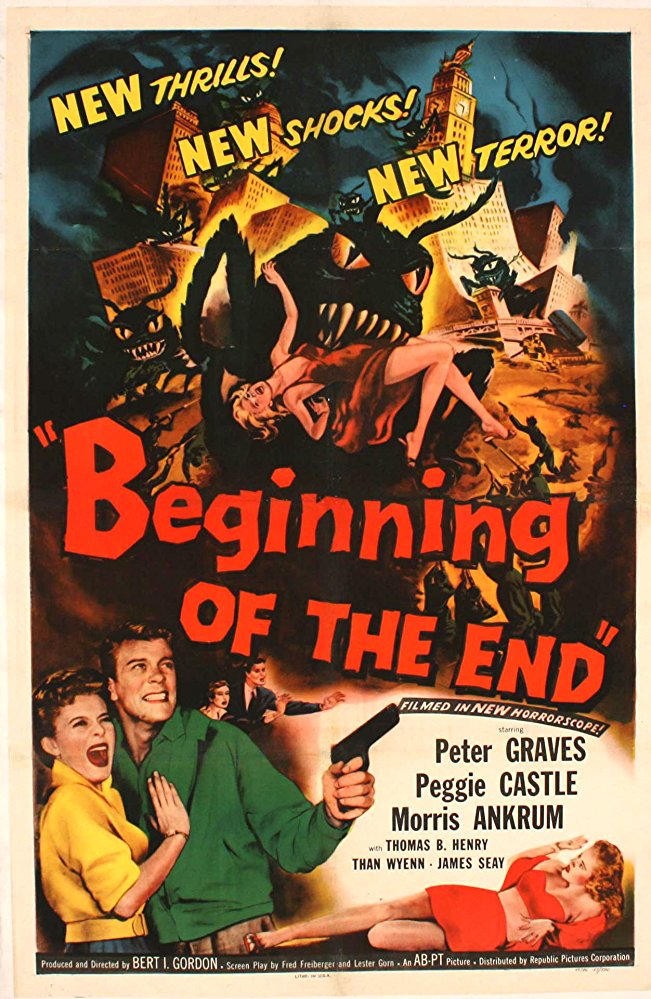
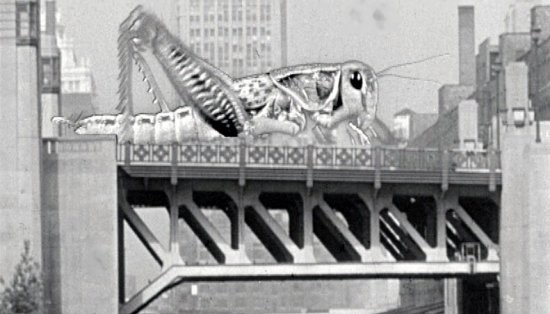
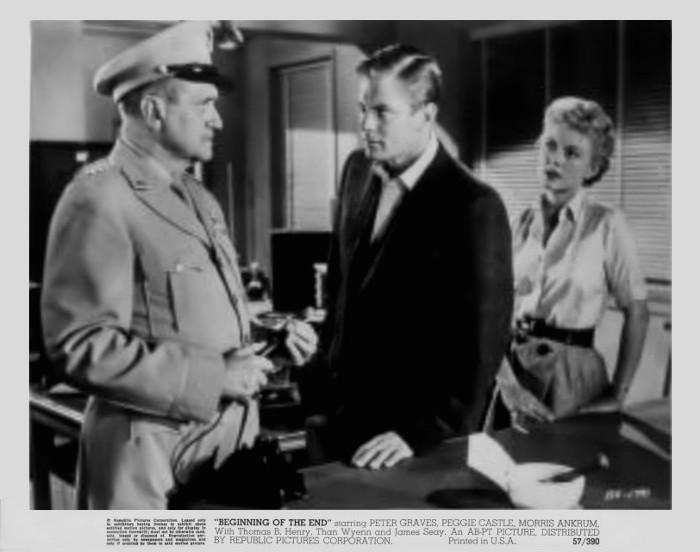
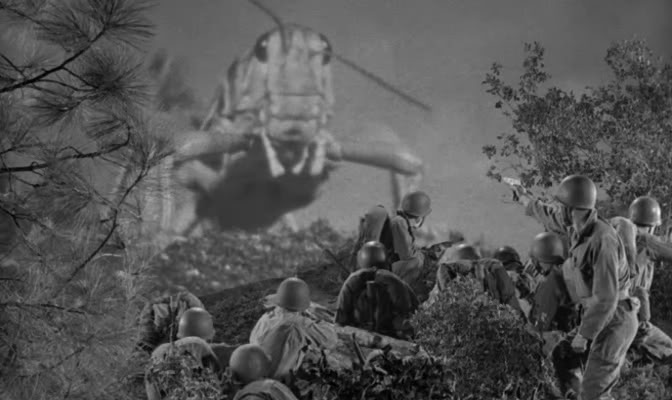
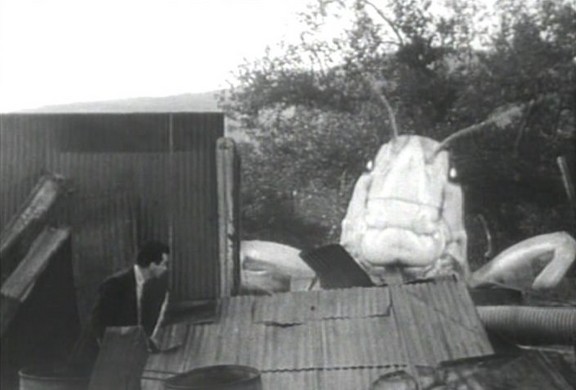
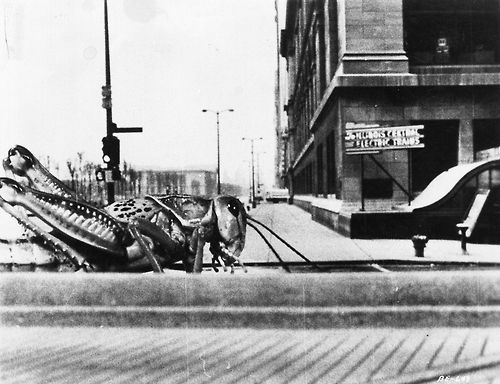
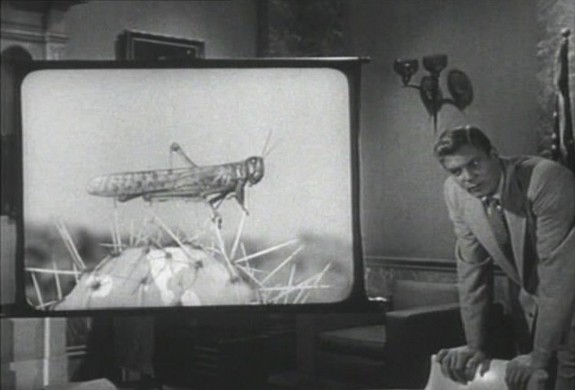
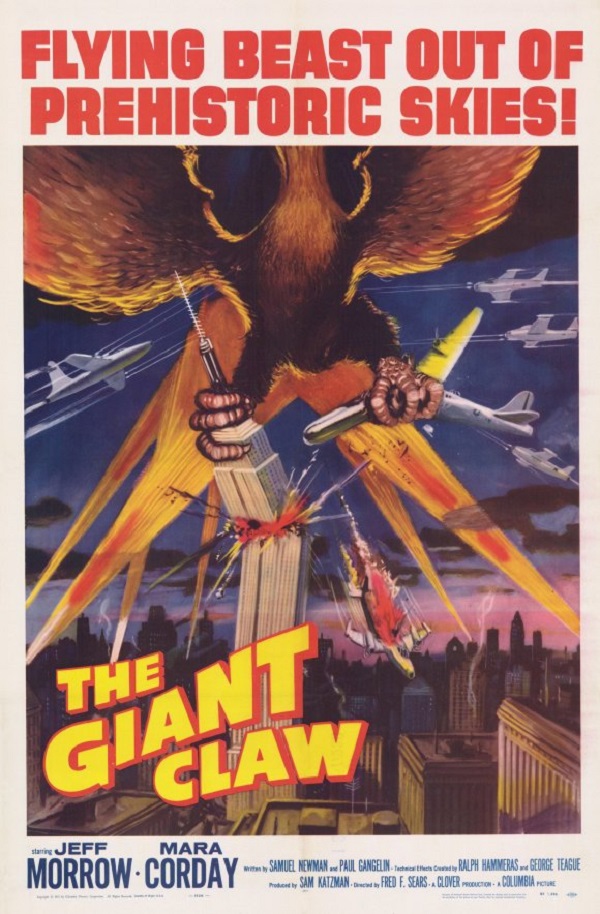
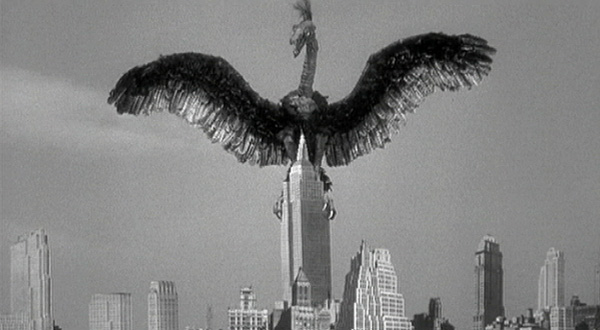
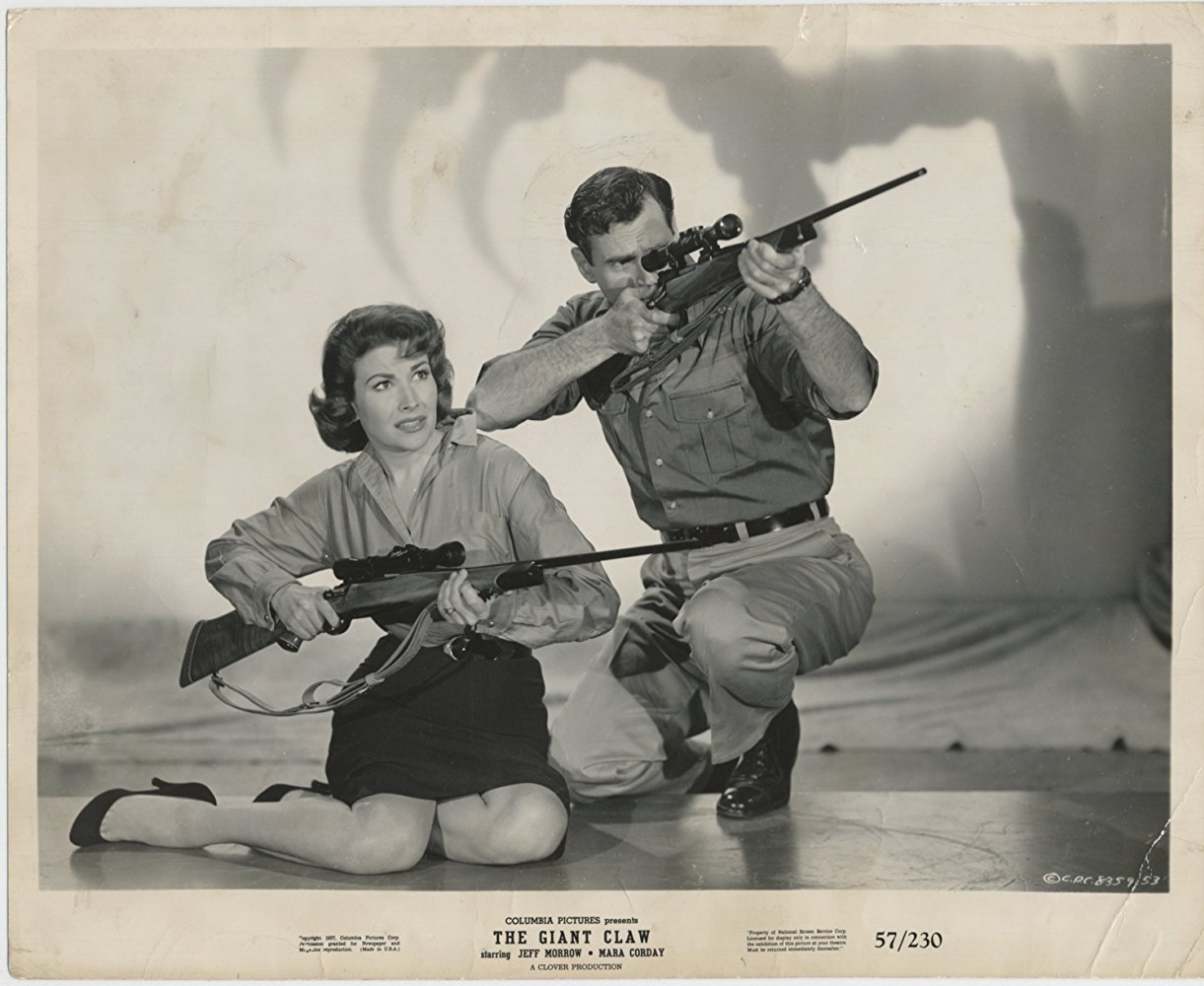
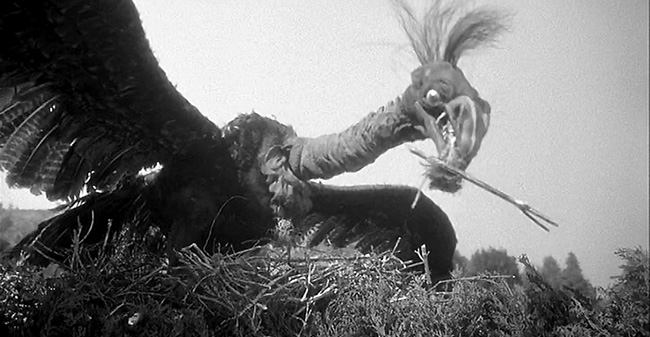
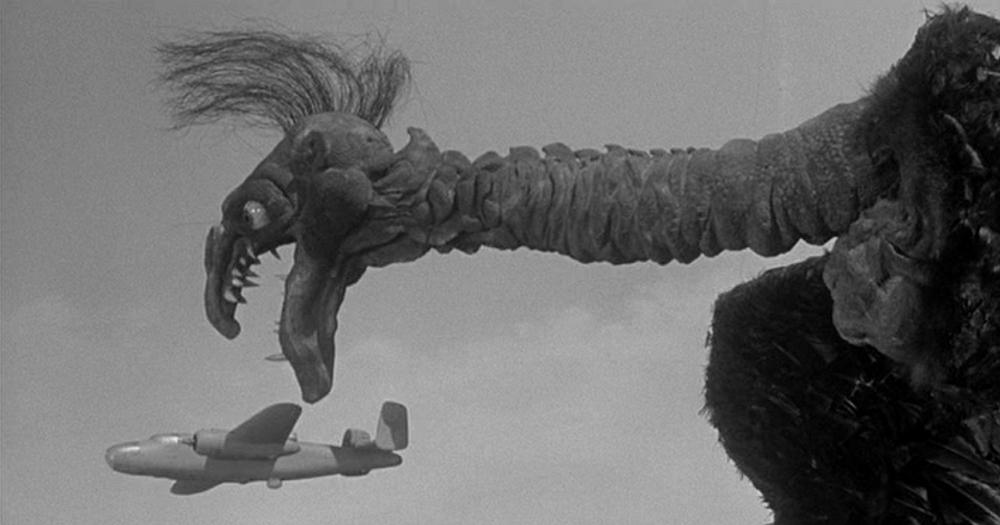
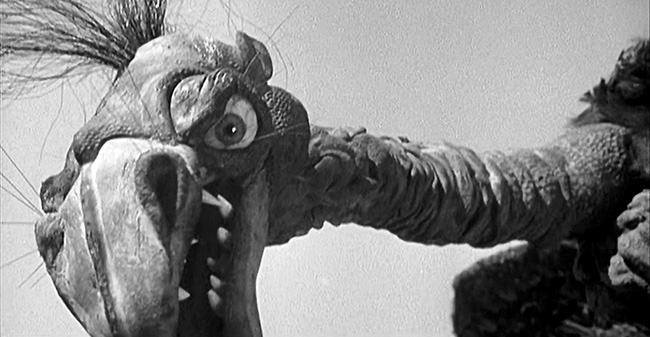
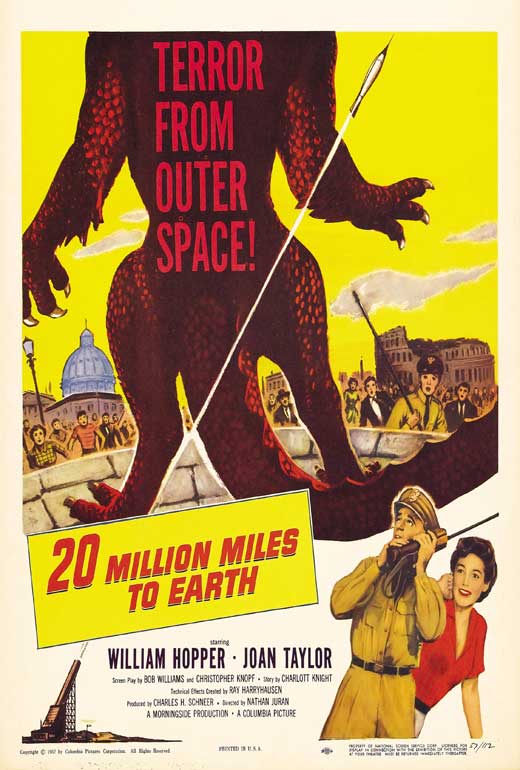
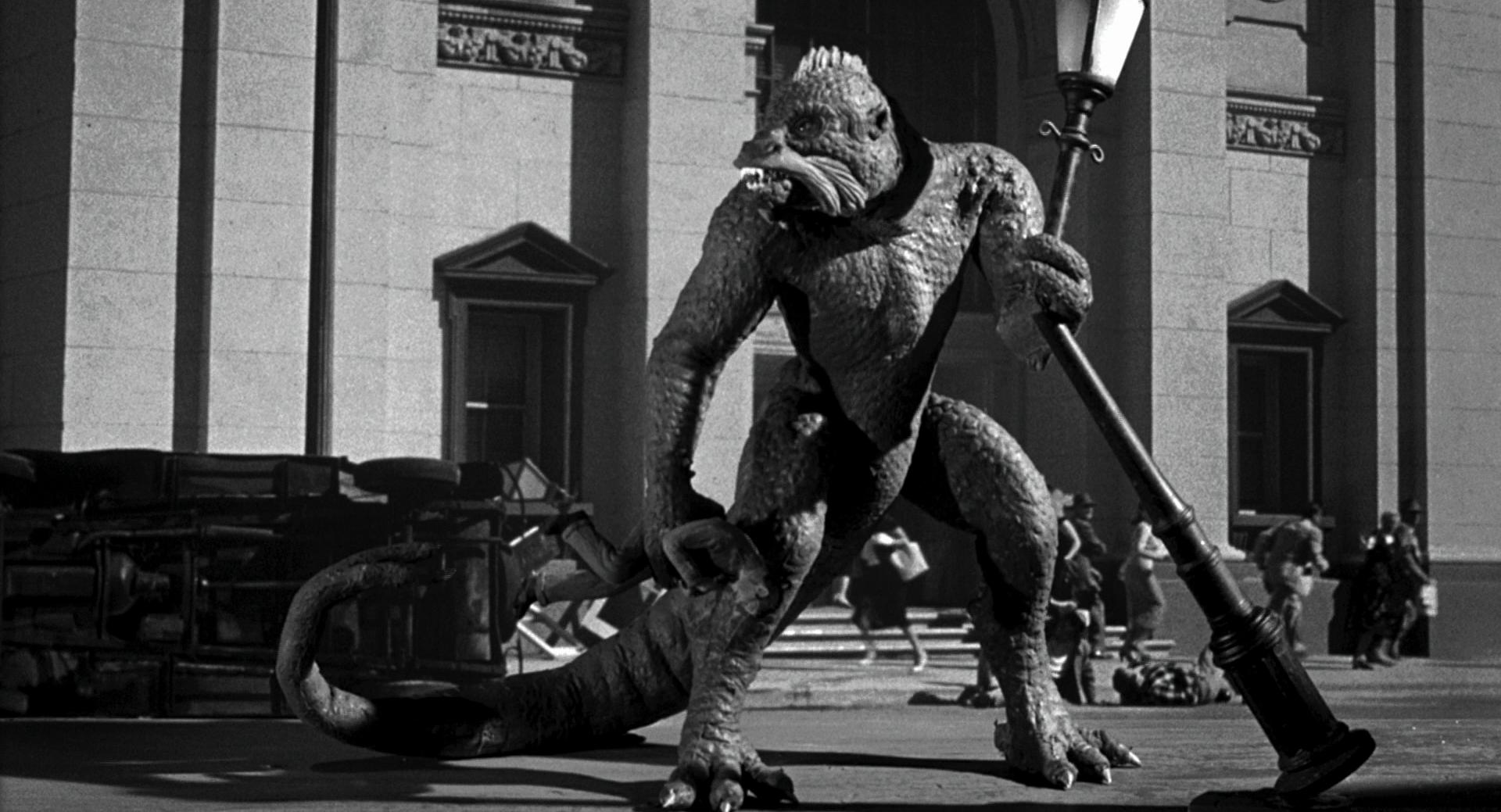
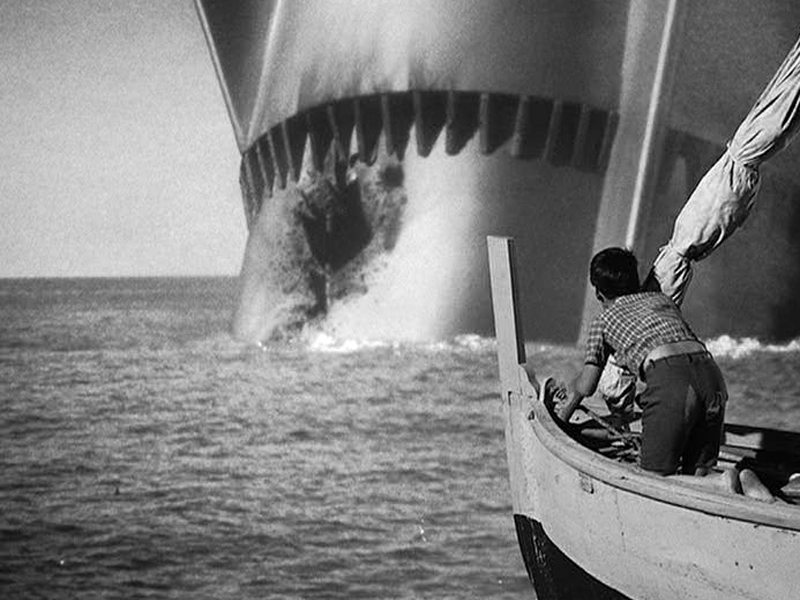
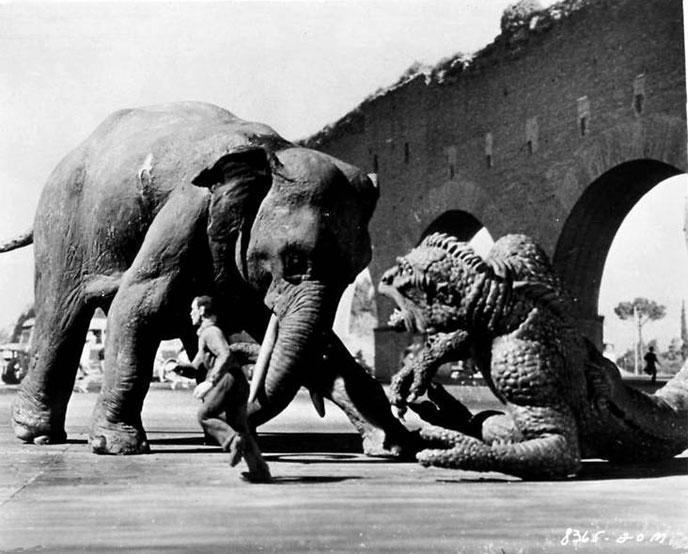
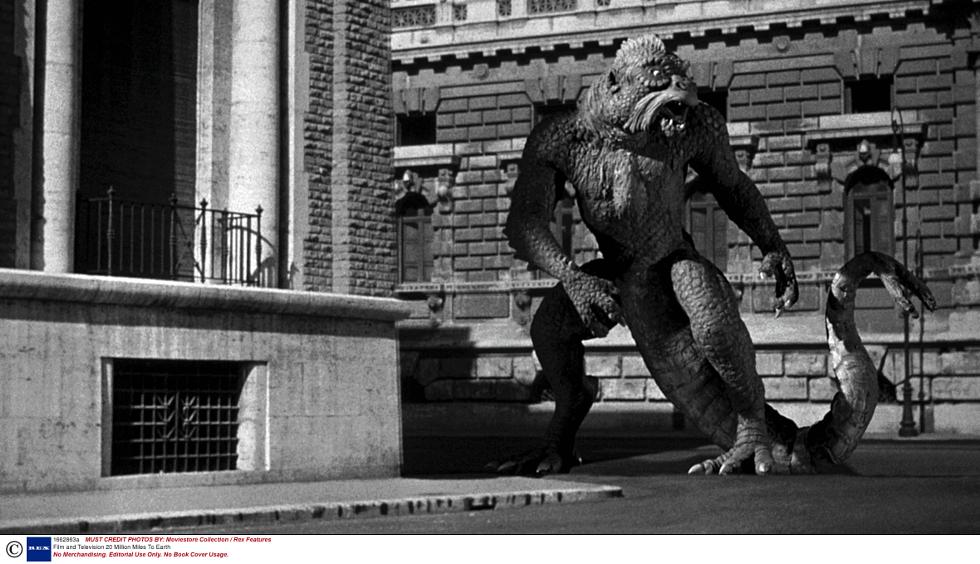
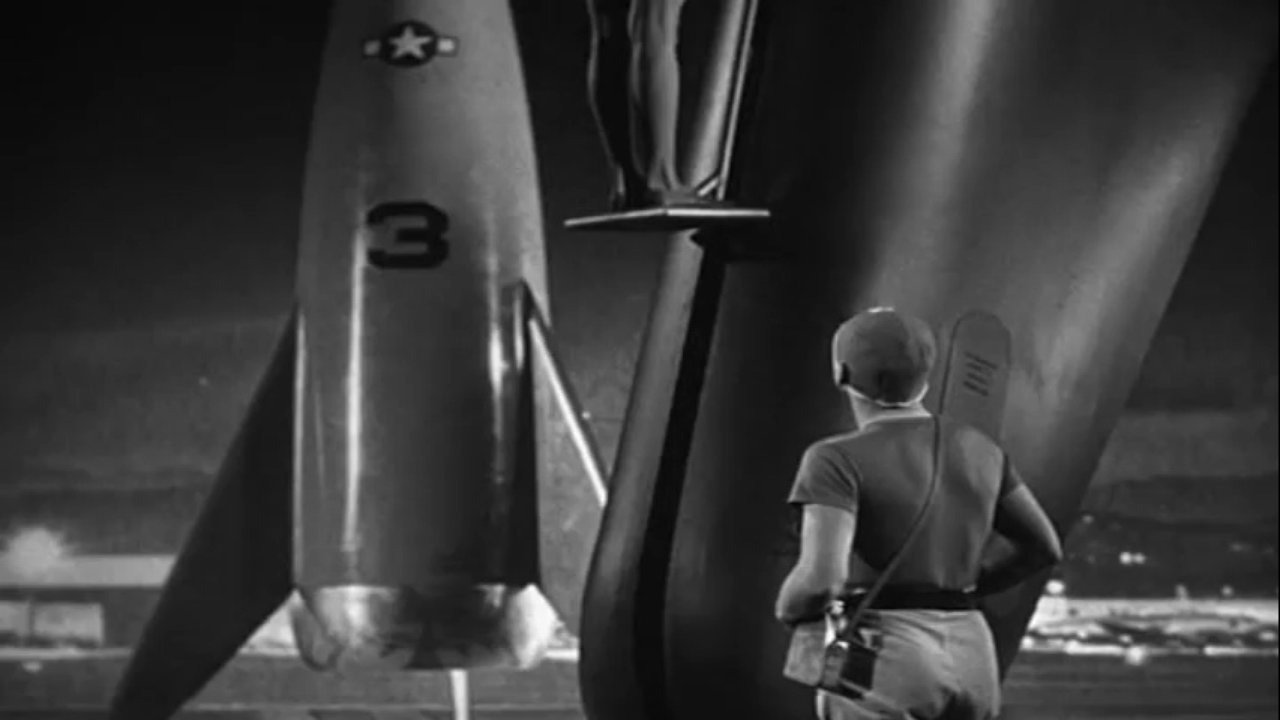
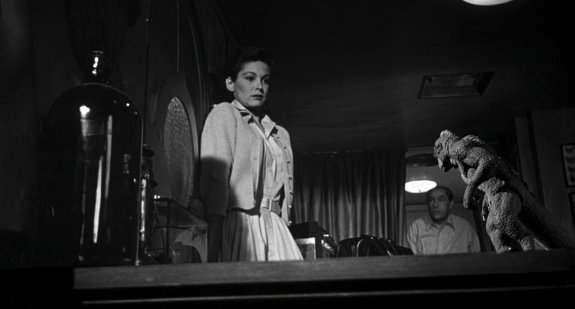
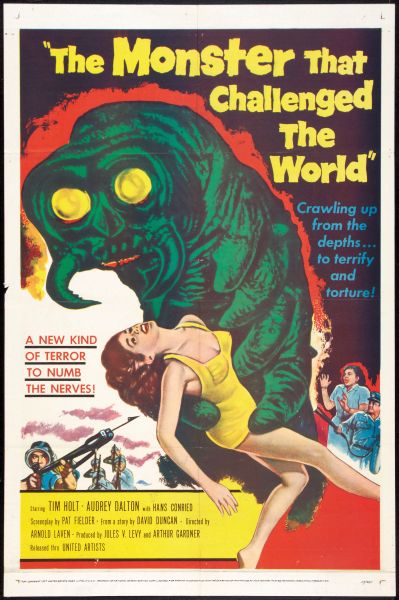
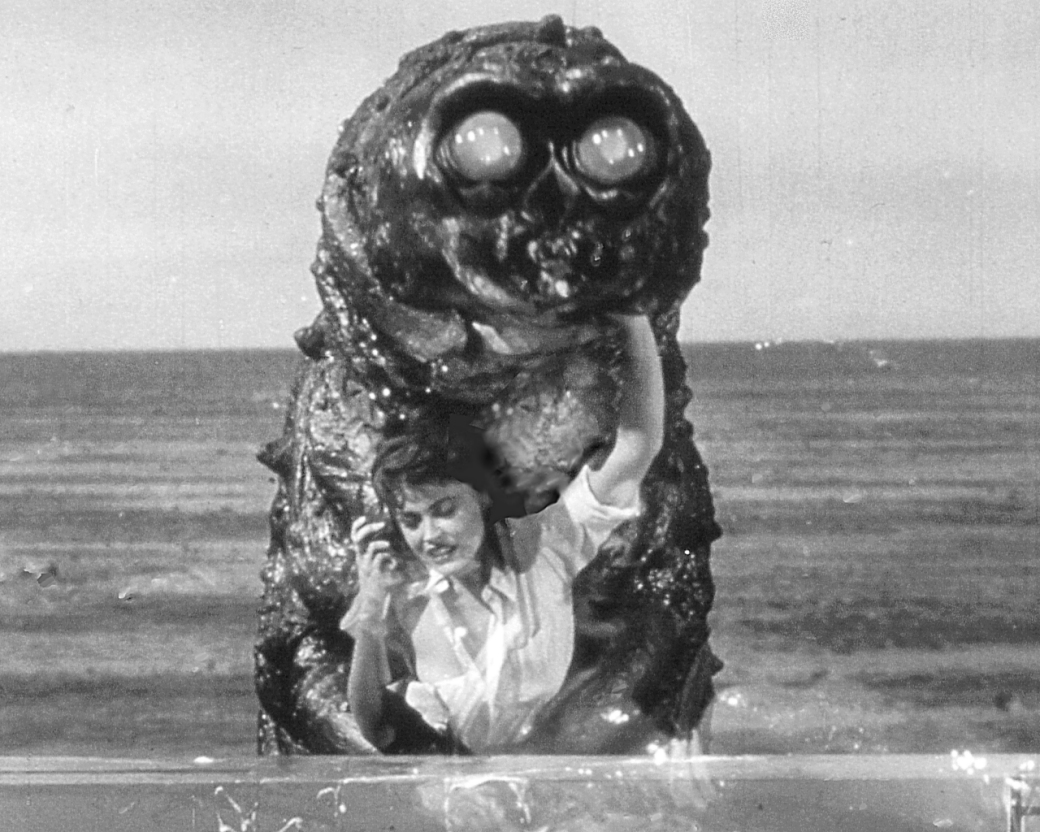
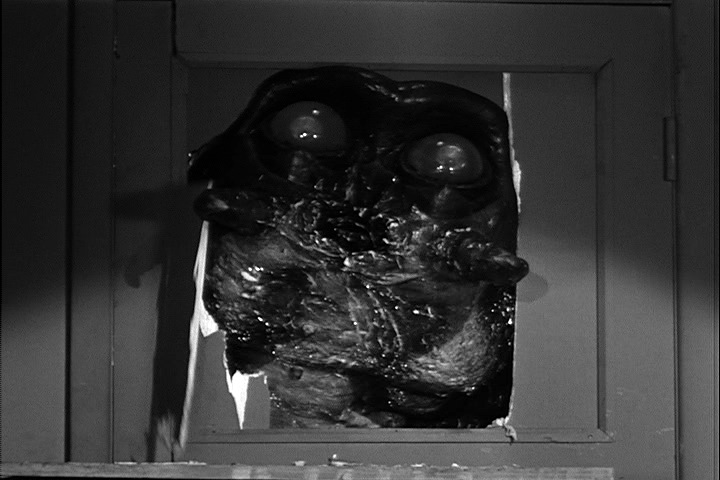

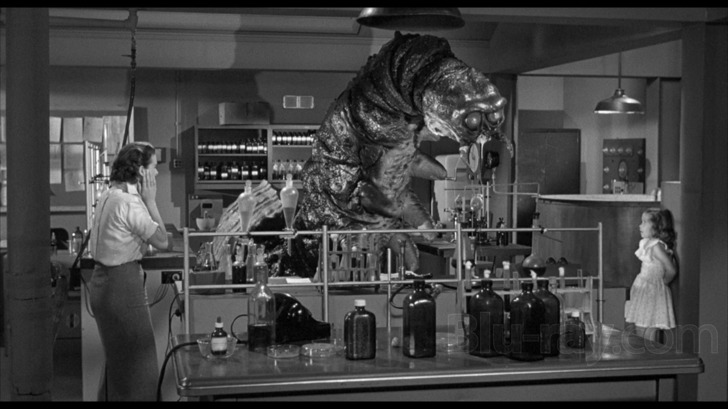

 RSS Feed
RSS Feed